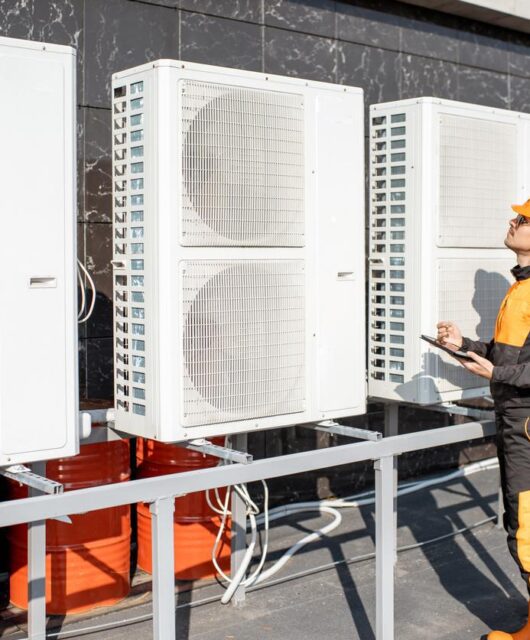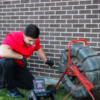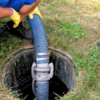Breathe Easier: 4 Ways To Improve Home Air Quality

Poor home air quality is the sort of thing that sneaks up on you. Maybe it’s an asthma flair-up or severe allergies or a grimy air filter. But when you realize your home’s air quality is harming your health, you need to make a change.
Luckily, there are plenty of ways to improve your home’s air quality, both naturally and mechanically – and to address different types of air quality issues. Breathe easier with these 4 air purifying strategies and enjoy a healthier life.
Start With Risk Factors
Before you choose an air purification strategy, it helps to know what particular issues your home has. Some problems may be revealed when you buy your home, but first-time homebuyers often overlook the finer details of inspections, such as mold resulting from moisture, environmental radon exposure, or lead and asbestos in older homes.
Other problems, of course, may occur over time – such as the accumulation of pet dander if you have dogs or cats. You’ll need a thorough inspection and air testing to know what problems your home has.
Place Some Plants
One simple, natural way to improve your home’s air quality is by employing air-scrubbing houseplants like ficus, Boston ferns, bamboo palms, and garden mums. These plants are particularly effective at removing carbon dioxide from the environment and circulating a greater amount of oxygen. Overall, plants are an ideal way to beautify you home while also counteracting harmful elements in the air.
Focus On Filters
Perhaps the most common way to deal with air quality issues is by installing a reliable air filtration system. HEPA filters are the gold standard for eliminating dust, dander, mold, and bacteria, though some of today’s experts prefer UV air scrubbing, a system that uses germicidal UV rays to purify the air and surrounding surfaces.
The one difficulty with HEPA filters is that you need to clean them regularly. This is particularly the case if you have pets, as the hair will clog up the filter and make it ineffective. And if you’ve got an air filter that doesn’t seem to be working well, your first step should be to clean it out.
Be Mindful Of Mold
Of all the air quality problems found commonly in homes, mold is one of the most harmful. Often the result of improper or uneven air distribution throughout your home or excessively high moisture levels, mold can cause serious breathing problems, headaches, and even serious fungal infections in children and the elderly. So how do you prevent mold growth?
Mold can grow quickly in damp areas, but if your home is too dry, your nasal passages and throat will be dry; the ideal home humidity level is 30-50%. Beyond monitoring humidity levels, you can prevent mold and maintain your home’s air quality by using bathroom vents, installing dehumidifiers as needed, and tending to leaks quickly and aggressively. Any time water sits from 24 to 48 hours, you risk mold growth.
Minimize Irritants
Finally, the easiest way to prevent poor home air quality is by minimizing potential pollutants from the start. This kind of proactive approach can take many forms, from quitting smoking to avoiding scented products containing VOCs and choosing non-chemical cleaners, pest removers, and even synthetic fibers. Barring individual allergies, using natural products is the best way to protect your home’s air quality.
You can live your whole life with poor home air quality, but you shouldn’t suffer that way. Have your air quality professionally tested and then proceed with that knowledge. It’s an easy problem to ignore, but equally easy to fix.









